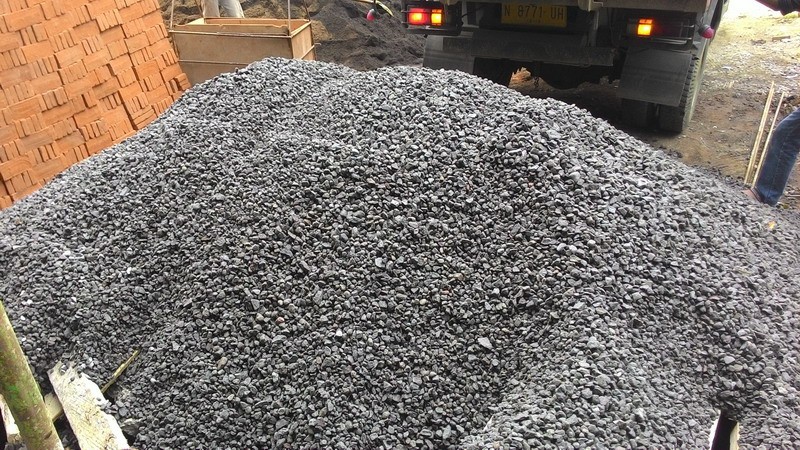A bone defect is a disease associated with functional disability seriously affecting a patient’s quality of life. It can be caused by a trauma, tumor, or other bone diseases. According to Indonesian Central Statistics Agency (BPS), the number of accident cases in Indonesia in 2016 reached 6,180 accident cases with a death toll of 678 (10.9 percent), 2,250 injuries (36.4 percent), and 4,487 minor injuries. From the accidents, there were injuries and bone fractures.
According to the Indonesian Ministry of Health in 2011, fractures in the lower extremities due to accidents had the highest prevalence among other fractures at around 46.2 percent. To handle these conditions, biomaterial is needed as a substitute for bone (bone graft). The need for biomaterials as bone replacements will continue to increase with increasing cases of bone damage due to trauma, tumors, congenital abnormalities, infections, and bone resorption due to complications of joint prostheses in.
Indonesia has abundant natural resource potential for biomaterials. This is an opportunity for development and challenge for researchers at Indonesian higher education institutions. With 255 million inhabitants, 900 billion dollars of GDP with 5 percent annual growth, and a life expectancy of 72 years, Indonesia is a developing country (emerging country) with tremendous economic potential. The government has launched a comprehensive health service program, which on one hand stimulates the development of biomaterials and targets national independence in producing implants and medical equipment.
UNAIR’s Material Physics Laboratory has developed bone implants from coral. Coral reef containing more than 95 percent of calcium carbonate can be converted into calcium hydroxide and subsequently can be converted again into hydroxyapatite (HA). This material is 70 percent of bone compilers in addition to collagen and protein. Therefore, to make a good bone implant must consist of at least two of these ingredients, HA and Collagen.
Collagen in this development was extracted from chicken feet and it showed the same chemical group as the original collagen. HA-Collagen composites are formed through the method of freeze drying to form pores of a certain size that can be used as media for the formation of new bone cells. Furthermore, this composite was proven to be biocompatible which was demonstrated through MTT (Microtetrazolium) toxicity test.
Even with this test cell viability can exceed 100 percent. Living cell percentage reaches 100 percent also indicate cell proliferation in the MTT process. Cell proliferation in collagen and hydroxyapatite is thought to be caused by the two ingredients having osteoinductive factors, Bone Morhogenetic Protein (BMP).
Moreover, it is strengthened by physical and mechanical properties with values almost equal to the original bone. More details are available in the article “Hydroxyapatite-Collagen Composite Made from Coral and Chicken Claws for Bone Implant Application”. (*)
Author: Siswanto
Details are available at: https://www.scientific.net/MSF.966





